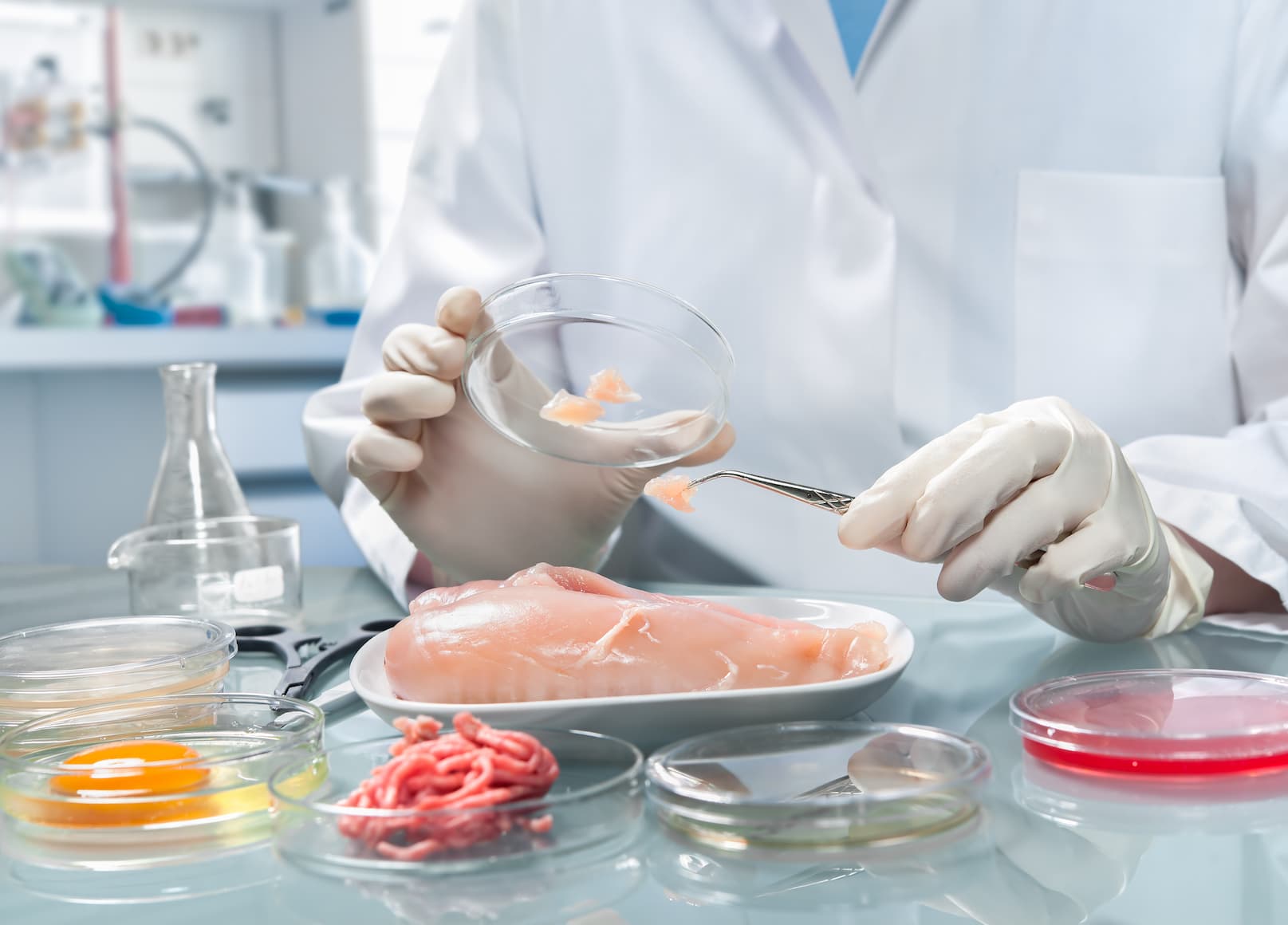In the intricate world of food safety and regulatory compliance, professionals are constantly grappling with the challenge of ensuring that the food consumed by millions remains safe and uncontaminated. Among the various factors that threaten food safety, biological hazards stand out as a critical concern. This article delves deep into the realm of biological hazards in food, providing food safety and regulatory professionals with valuable insights backed by scientific data.
Understanding Biological Hazards in Food
Biological hazards encompass a range of microorganisms that can compromise the safety of food, causing illnesses and even fatalities in extreme cases. Bacteria, viruses, parasites, and fungi are the primary culprits behind these hazards. The prevalence of these microorganisms can be attributed to factors such as improper food handling, inadequate cooking temperatures, cross-contamination, and poor hygiene practices.
Types of Biological Hazards
-
Bacteria: Bacterial contamination is a common biological hazard. Pathogenic bacteria like Salmonella, E. coli, and Listeria monocytogenes pose a significant threat to public health. These bacteria thrive in conditions such as insufficient cooking, inadequate refrigeration, and improper storage.
-
Viruses: Norovirus and Hepatitis A are examples of viruses that can contaminate food and cause outbreaks. These microscopic agents are highly resistant and can survive on surfaces and in water, making them particularly challenging to control.
-
Parasites: Protozoa and helminths are parasitic organisms that can contaminate food and water. Consuming undercooked meat, fish, or contaminated water can lead to infections like Cryptosporidiosis and Trichinellosis.
-
Fungi: Fungal contamination, including mold, is responsible for spoilage in many food products. While not all molds are harmful, certain species produce mycotoxins that can cause severe health issues upon consumption.
Mitigation Strategies
Effective management of biological hazards requires a multi-faceted approach that spans the entire food production and distribution chain:
-
Good Agricultural Practices (GAPs): Ensuring safe farming practices, proper irrigation, and hygiene during harvesting significantly reduce the risk of contamination from the outset.
-
Hazard Analysis and Critical Control Points (HACCP): Implementing a robust HACCP system helps identify critical points in the food production process where hazards can be controlled or eliminated.
-
Stringent Food Handling: Adhering to proper hygiene practices, maintaining clean food preparation areas, and preventing cross-contamination are essential to minimizing hazards.
-
Cooking Temperatures: Properly cooking food to the recommended internal temperatures destroys harmful microorganisms, making the food safe for consumption.
-
Regular Testing and Monitoring: Rigorous testing of food products at various stages of production and distribution helps identify and eliminate potential hazards.
Empowering Food Safety Professionals with Innovative Solutions
In the ever-evolving landscape of food safety, staying ahead of biological hazards demands a combination of expertise and cutting-edge tools. Professionals need a comprehensive platform that not only provides accurate insights into emerging risks but also offers predictive capabilities for effective hazard management. This is where solutions like SGS Digicomply come into play.
By utilizing state-of-the-art analytics, predictive capabilities, and real-time data monitoring, SGS Digicomply empowers food safety and regulatory professionals to proactively identify, analyze, and mitigate biological hazards. From early warning risk monitoring to emerging risk discovery and sustainability intelligence, SGS Digicomply serves as the ultimate companion for professionals committed to ensuring food safety and regulatory compliance.
In conclusion, the battle against biological hazards in food demands a rigorous and data-driven approach. With the right tools and expertise, food safety professionals can safeguard public health and maintain the integrity of the food supply chain. Embrace the future of food safety with SGS Digicomply and stay ahead in the quest for a safer food world. Explore SGS Digicomply platform now.





.webp?width=1644&height=1254&name=Food%20Safety%20Dashboard%201%20(1).webp)
